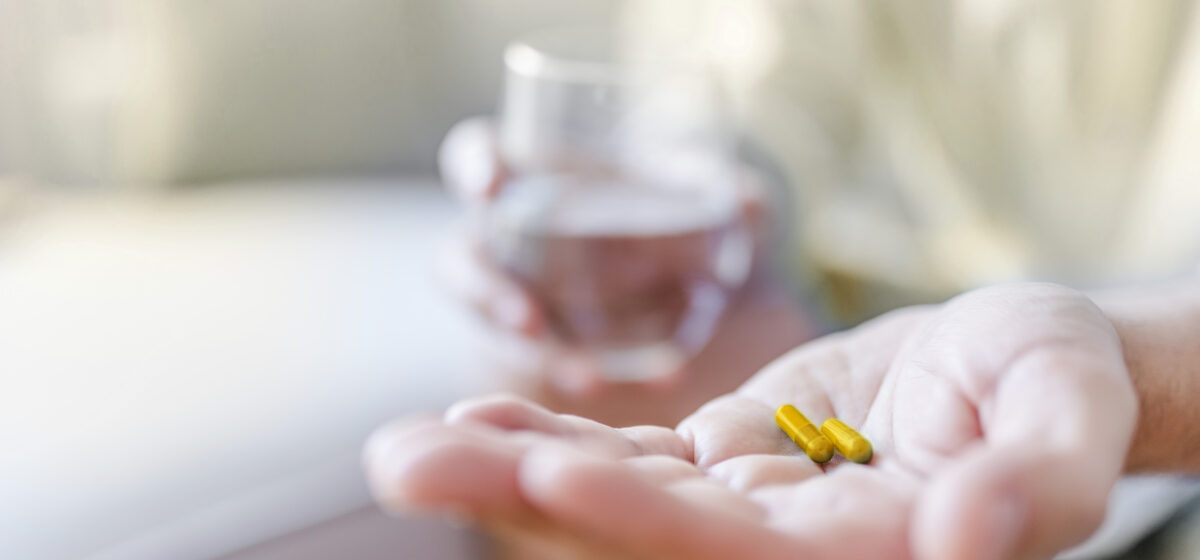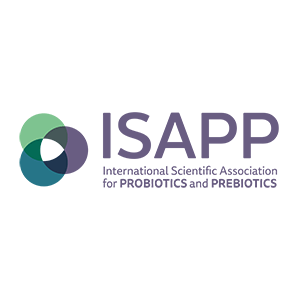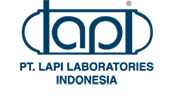
Antibiotics have become the cornerstone in preventing and treating infectious diseases 1,2. Since their discovery, the worldwide consumption of antibiotics has spiked 3, and to date, they are the most prescribed medication 4. However, despite being a lifesaving medication, the use of antibiotics is not without consequences, such as short-term and long-term side effects and the development of antibiotic resistance.
Recently published in The Lancet, a global survey shows that antimicrobial resistance is rising despite multiple international initiatives to control the situation5. Antibiotic resistance represents one of the biggest threats to global health, leading to longer hospital stays, higher medical costs, increased disabilities and mortality. It also causes huge financial challenges for those impacted. The WHO has declared that antimicrobial resistance is one of humanity’s top 10 global public health threats6.
Furthermore, the survey reports that in 2019 4.95 million people died from diseases involving antimicrobial-resistant bacteria. Of these, 1.27 million deaths were the direct result of antimicrobial resistance. High resistance rates have been reported, especially for bacterial pathogens causing common infections, including urinary tract infections, sexually transmitted infections, and respiratory infections. The six most common pathogens with spiking antimicrobial-resistant rates and responsible for almost 80% of the 1.27 million deaths include Escherichia coli, Staphylococcus aureus, Klebsiella pneumoniae, Streptococcus pneumonia, Actinobacter baumannii and Pseudomonas aeruginosa 5,6. At this stage, more people are killed by antimicrobial resistance infections than HIV/AIDS or malaria 5.
Such high residence rates make antibiotic treatment ineffective in many parts of the world and return humanity to pre-antibiotic areas where common bacterial infections lead to death. We have a short window of opportunity to prevent antibiotic resistance from becoming the next pandemic. Antibiotics should be used correctly, only when necessary, and with caution. When possible, antibiotics should be replaced with alternative treatments such as probiotics. Now is the time to stop antibiotic resistance before it is too late.
References:
- van Wietmarschen HA, Busch M, van Oostveen A, Pot G, Jong MC. Probiotics use for antibiotic-associated diarrhea: a pragmatic participatory evaluation in nursing homes. BMC Gastroenterol 2020; 20: 151.
- Machowska A, Stålsby Lundborg C. Drivers of Irrational Use of Antibiotics in Europe. IJERPH 2018; 16: 27.
- Roberts SC, Zembower TR. Global increases in antibiotic consumption: a concerning trend for WHO targets. The Lancet Infectious Diseases 2021; 21: 10–1.
- Chai G, Governale L, McMahon AW, Trinidad JP, Staffa J, Murphy D. Trends of Outpatient Prescription Drug Utilization in US Children, 2002-2010. PEDIATRICS 2012; 130: 23–31.
- Murray CJ, Ikuta KS, Sharara F, et al. Global burden of bacterial antimicrobial resistance in 2019: a systematic analysis. The Lancet 2022; 399: 629–55.
- Antimicrobial resistance. 2021. https://www.who.int/news-room/fact-sheets/detail/antimicrobial-resistance.






